I want you to imagine that we're in 1862. Regardless of whether you’re reading this from your home, your daily commute or a cafe, pretend you’re at an art museum with me and we’re both witnessing this painting for the first time.
Off the start, there's something so poignant about this painting and it's so beautiful but in a tragic way. The young girl is clad in beautiful white silk and lace, adorned with stunning jewels and a thin veil. The folds of the gown look large compared to her tiny frame, almost anchoring and pulling her down with it. Her eyes are bloodshot. Her face is pale with slight streaks of rushed white, as though she had been crying and had hastily wiped off her tears before walking down the aisle.
A delicate flower crown adorns her head except, they’re not flowers. These white flowers, orchids or bridalwreath spirea, are actually just buds. I love how the artist uses this poignant detail in establishing the truth of this wedding—the bride is just a child. She is unbloomed, a young little girl whose innocence and life are being torn away from her much like the orchid buds that were torn away from the plant to make her crown.
When I was looking for more information about this painting I also found that in christianity, a crown is often used to symbolise martyrdom. In many ways, the buds of her bridal crown are not very different from the thorns of Christ’s crown during his crucifixion. It alludes to her martyring her youth, her dreams and her sense of self.
The groom, a man who seems much older than her, stands next to her with a stiff spine. We can see him wearing the cross and an army badge, clearly a man of significant military, religious and political power. He sneaks a look at his bride in a gaze that is not predatory, yet somehow not untainted either. He holds the candle in his hand with a firm nonchalance, in stark contrast to the bride. Her hands are loose, with the candle on the verge of falling and possibly setting her gown on fire.
She extends her hand in an act of heightened sorrow. Her elbow reaches out, so does her wrist, but her outstretched finger is still reluctant and only halfway there. Despite the small crowd gathered to witness the marriage, the girl is not accompanied by her mother or her bridesmaids. She is utterly lonely. One could argue that one of the men in the background could be her father, but that somehow only makes her situation even more despairing. In that case, this ultimately represents what it truly is—a transaction between men.
Some people might say she married into money and is to blame for anything that goes wrong with her life which first of all, would be completely off what this painting represents. Even if we take such an argument into consideration, I must mention that a student of this painter went to this woman years later and found her poor, penniless in a shack like house after her husband’s death. So you can't bring the gold digger argument into her life and rip off her sorrow.
Now let’s take a look at the guests gathered to witness this wedding. The crowd consists mostly of older men, just one who seems young and two old women who are rather intriguing. Unlike the other guests painted in bold strokes, these two women, particularly the one hidden by the priest, are painted in light colours. The women mimick the bride with their white silk robes and flower crowns, implying that they were this man’s old wives. He had perhaps married them earlier in his life when they too were as young as this little girl. The ghosts of his past wives watch the man with sheer disgust and revulsion.
However, one could even argue that they need not necessarily be depictions of his dead wives considering the fact that the guests right behind the women seem to be painted in dull light as well. If they are his older wives present in flesh, this wedding seems even more dire and sorrowful than it already was.
One man seems to be whispering into the other’s ears while they both look at the scene with a laidback curiosity. Another looks away with a frown on his face. In the corner of the canvas, a young man stares at the old man, hands crossed and a look on his face that seems to oscillate between brooding and threatening. When I looked for more information on this painting, I found multiple sources weighing in on who this man could be and there were two popular opinions.
One, was that this man was the painter himself. Some people believe that Pukirev’s lover had been forced into a marriage with an older man. This devastated him and was what inspired him to create this painting.
Another common belief is that the young man was a friend of Pukirev. Listening to his friend’s sorrow at the betrothal and marriage of his lover to an older man inspired him to recreate the tragic scene. His friend however, wasn’t pleased and Pukirev edited the painting to include someone who looked a little less like his friend.
Either way, we can conclude that the young man watching the scene must be the girl’s lover. He stares, not even at his lover in an attempt to catch some final glimpses before she is wedded off to some other man, but directly at the old groom. He doesn’t frown, nor does he seethe. He observes with an air of silent violence about him. He knows nothing can be done.
Another man stares right at us, and he is perhaps my favourite characters from the crowd in this painting. His gaze is unfaltering as he looks directly at us.
Marriages have always been an institution designed by men for men. I could elaborate on this statement and hope to do so some other day in some other essay. For now, I think we can agree on the fact that women have been roped into marriages as fish bait in favour of fish, an amethyst exchanged for sapphires, young blood in exchange of glory. Though 162 years after this painting, not much has changed for women across the globe. Still, the situation is much better and we are told to pat ourselves on the back and be thankful for the ‘change’.
As we witness this painting, this union, this unequal marriage, we easily agree on the cruelty of such a setting. The man seems to know exactly what we are thinking and stares at us with a threatening inquisition. It’s close to 2025 and we are watching something equally, if not worse happen right in front of our eyes. Look at his steel-like gaze asking: what are you going to do about it?
When trying to analyse art, I like to follow the light source if there is any. In this painting, we’re set in what could be a church or a courtroom perhaps. I can almost imagine the painting extending from the left towards a grand arched window through which we see the sunlight falling into the otherwise dim hall. While one could expect the light to lead to the bride, I couldn’t help but notice how most of it falls on the hunchbacked priest.
As the light falls onto the priest, notice how the intricate golden threads on his shawl glisten beneath the sun’s rays. I found this particularly interesting and thought was the most prominent metaphor this painting depicts. Look at how the priest’s face is filled with darkness. The priest represents old traditions and his hunch represents how some of these practices may not be morally right for society. I spoke about the balance between culture and what is right in another one of my posts:
The golden shawl delicately wrapped over the priest’s hunch represents how in attempts to preserve culture and tradition, societies often rely on harmful and destructive practices, usually at the expense of women. America’s abortion laws, India’s laws on marital rape, Afghanistan’s laws for women and the reduced marriageable age of 9 for girls in Iraq are all such examples. Criticisms of these practices are immediately taken as direct attacks on the culture and heritage of a particular religion. I don’t know but if there is a God, I’m pretty sure that God thinks it’s cruel for a man older than a girl’s father to wed her. I’m sure God thinks it’s cruel for a 10 year old to give birth to the child it bore because of a rape. I’m sure God thinks it’s cruel for a husband to rape his wife. I’m sure God thinks it’s cruel for a woman to be silenced.




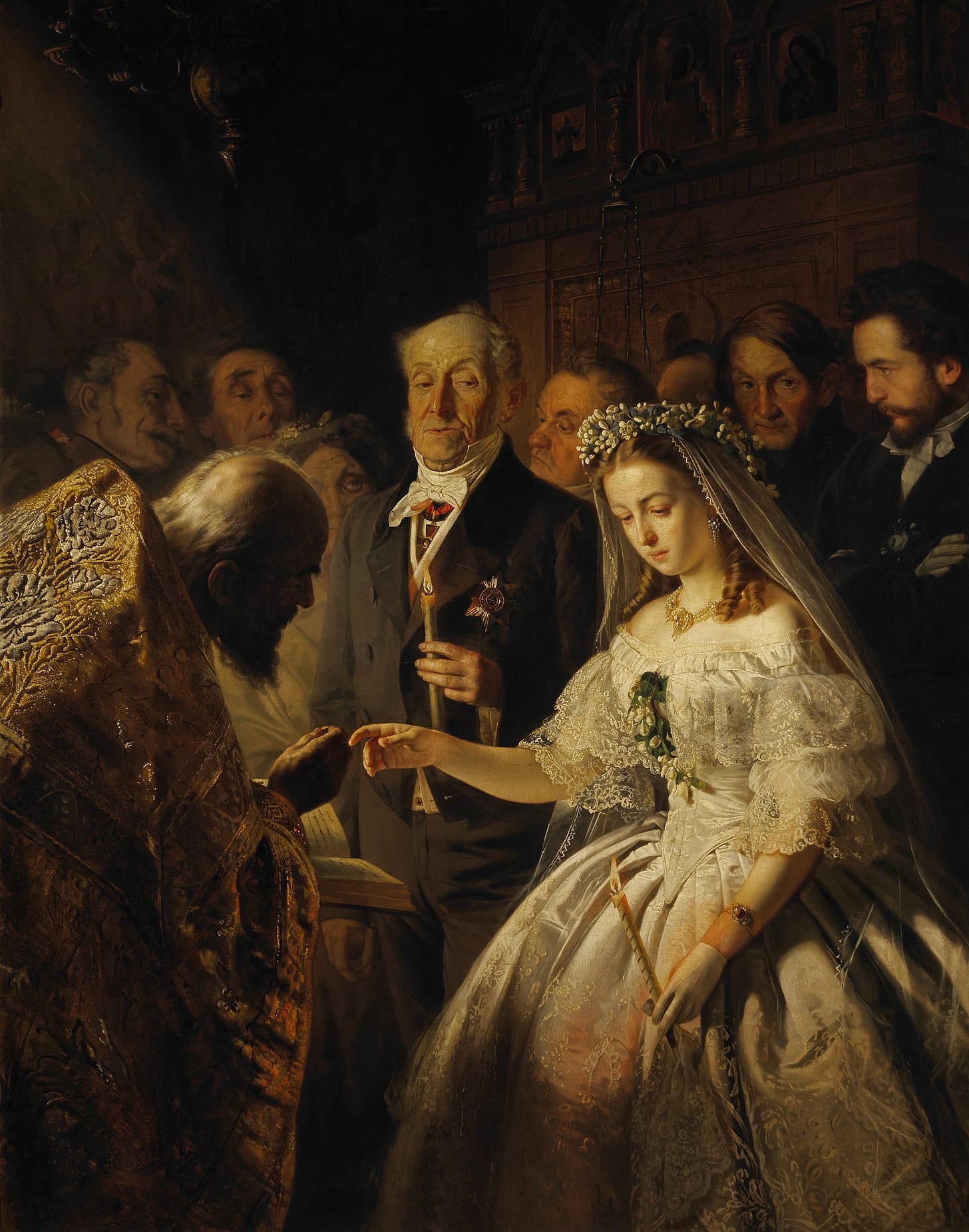
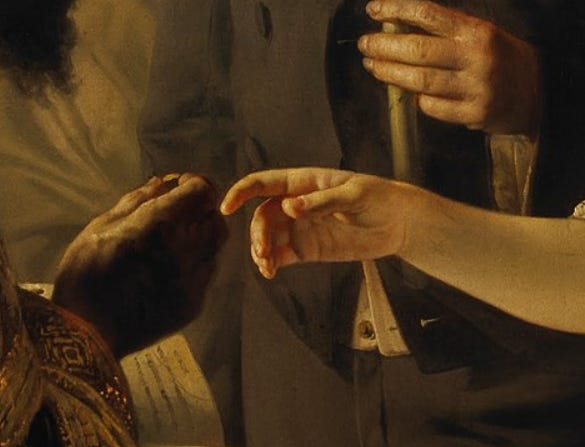
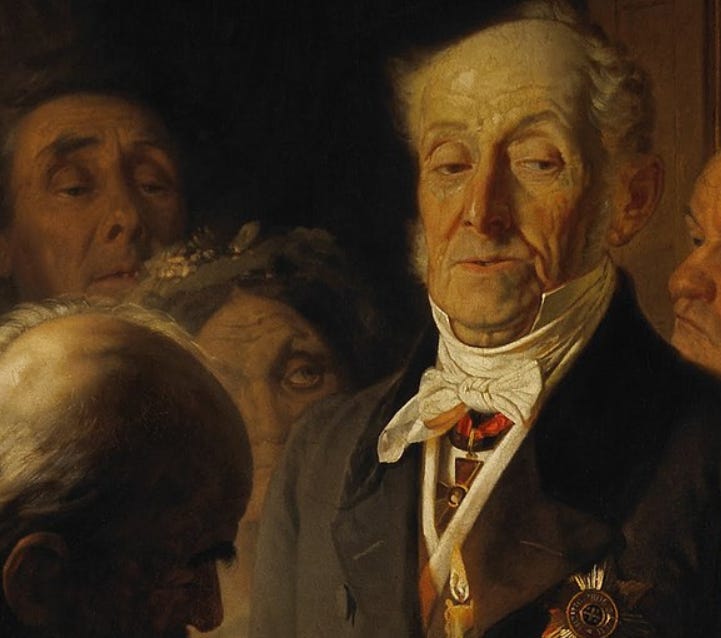
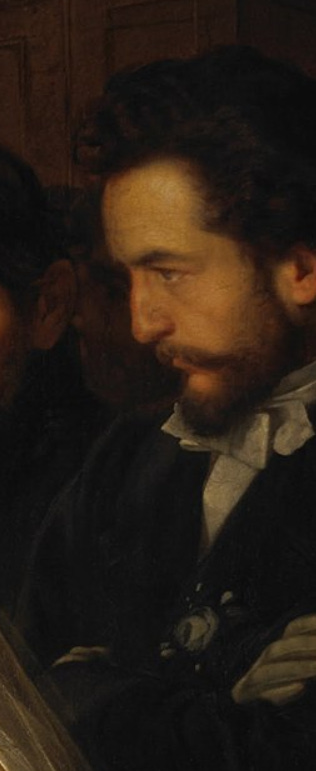
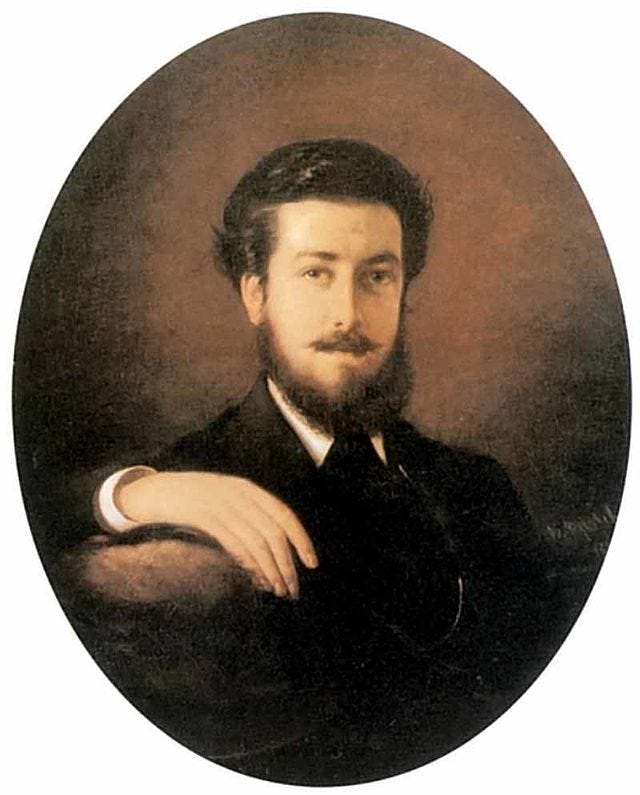
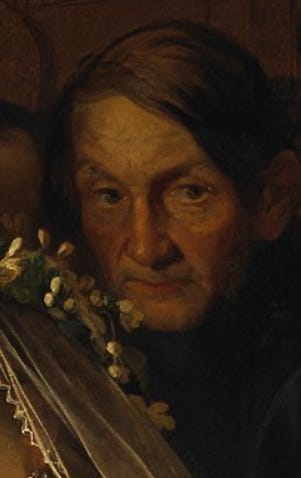
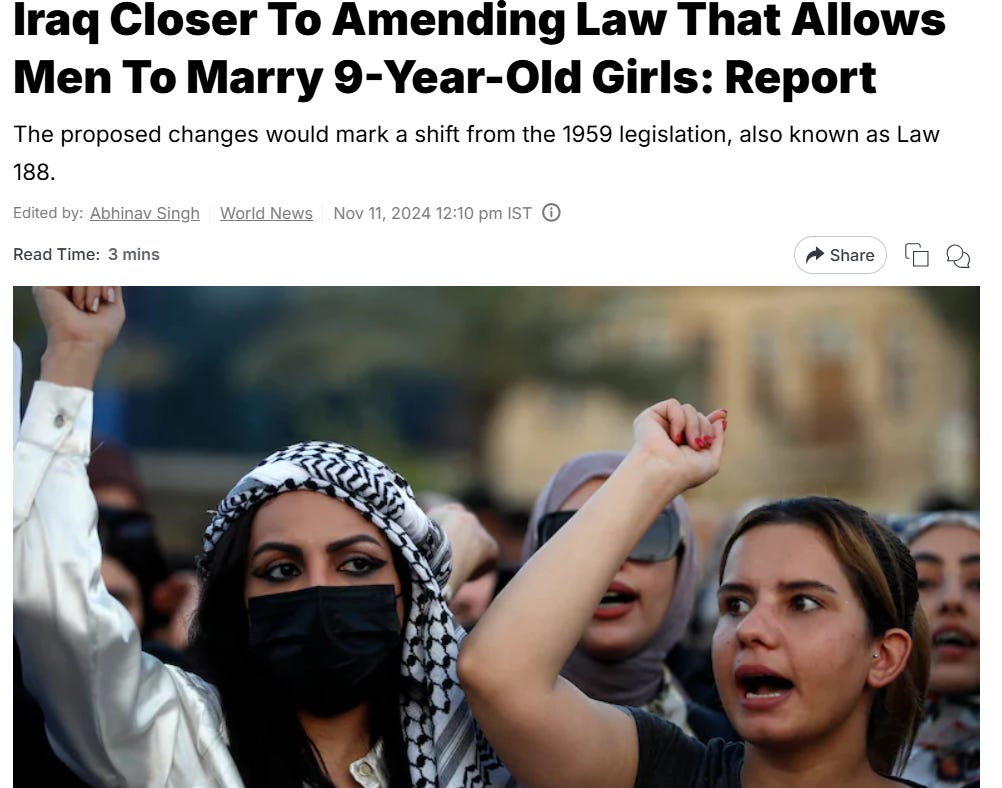
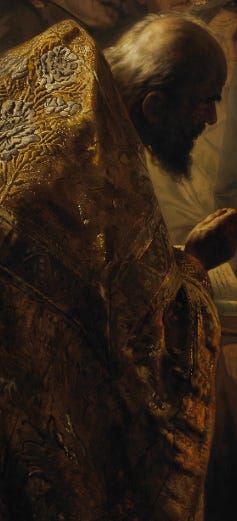
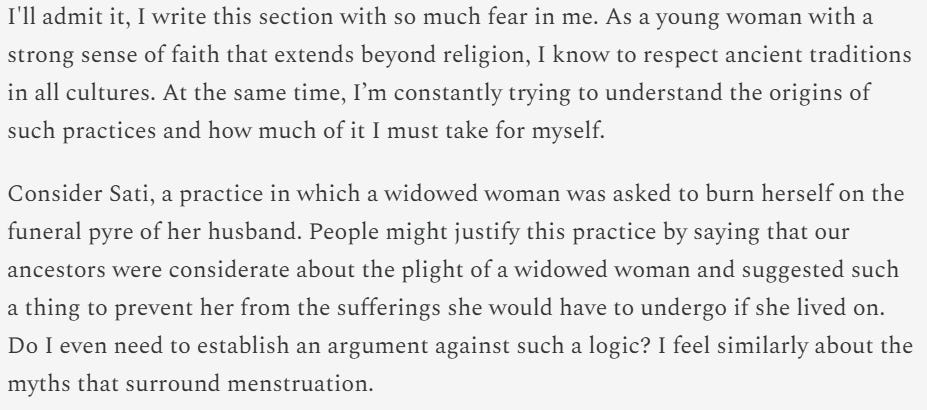
this is so beautiful, thank you for sharing. i love walking through art
Anazing interpretation!! Would love to read more of these